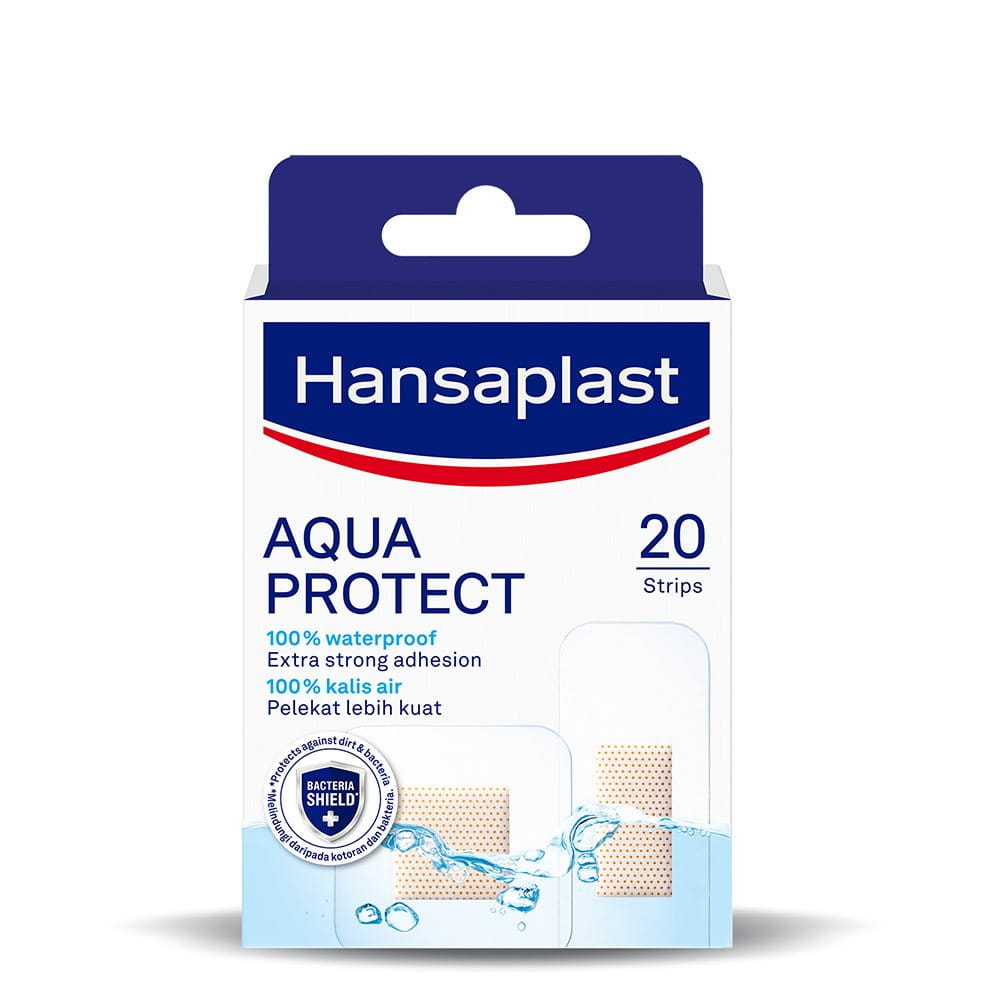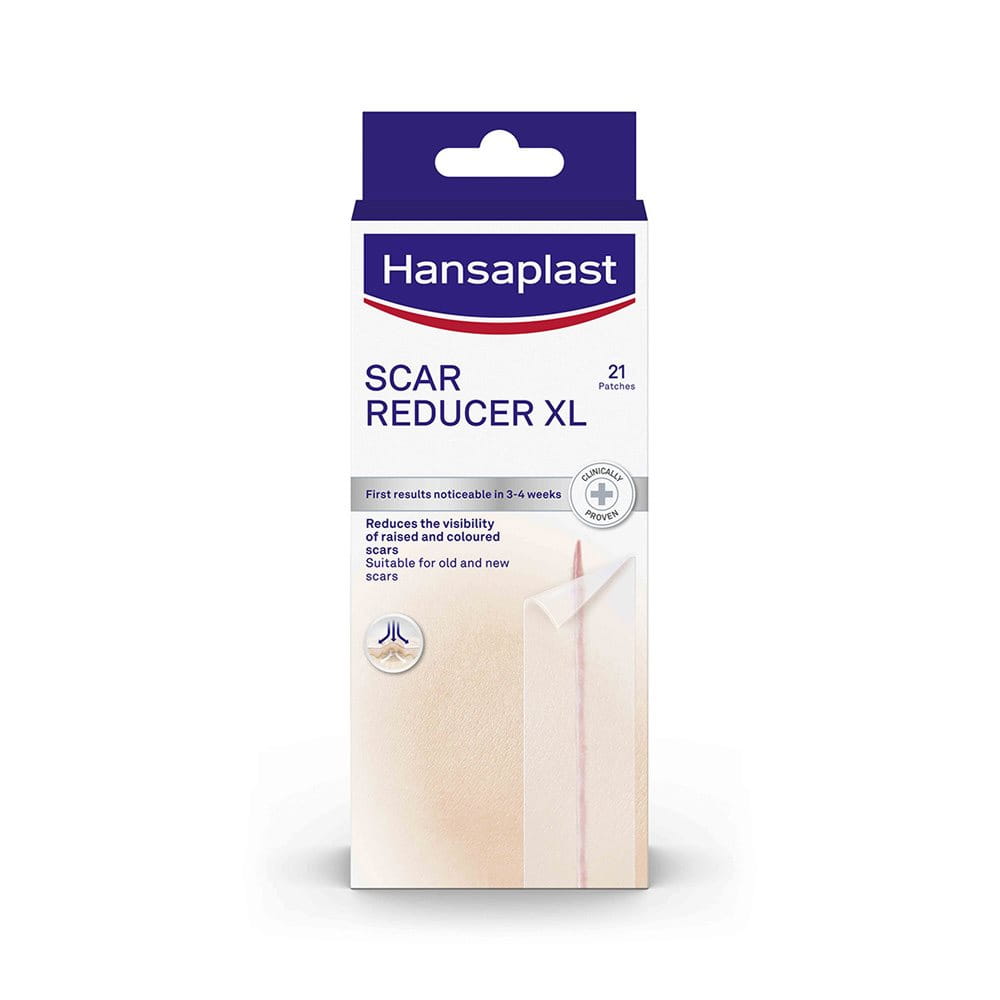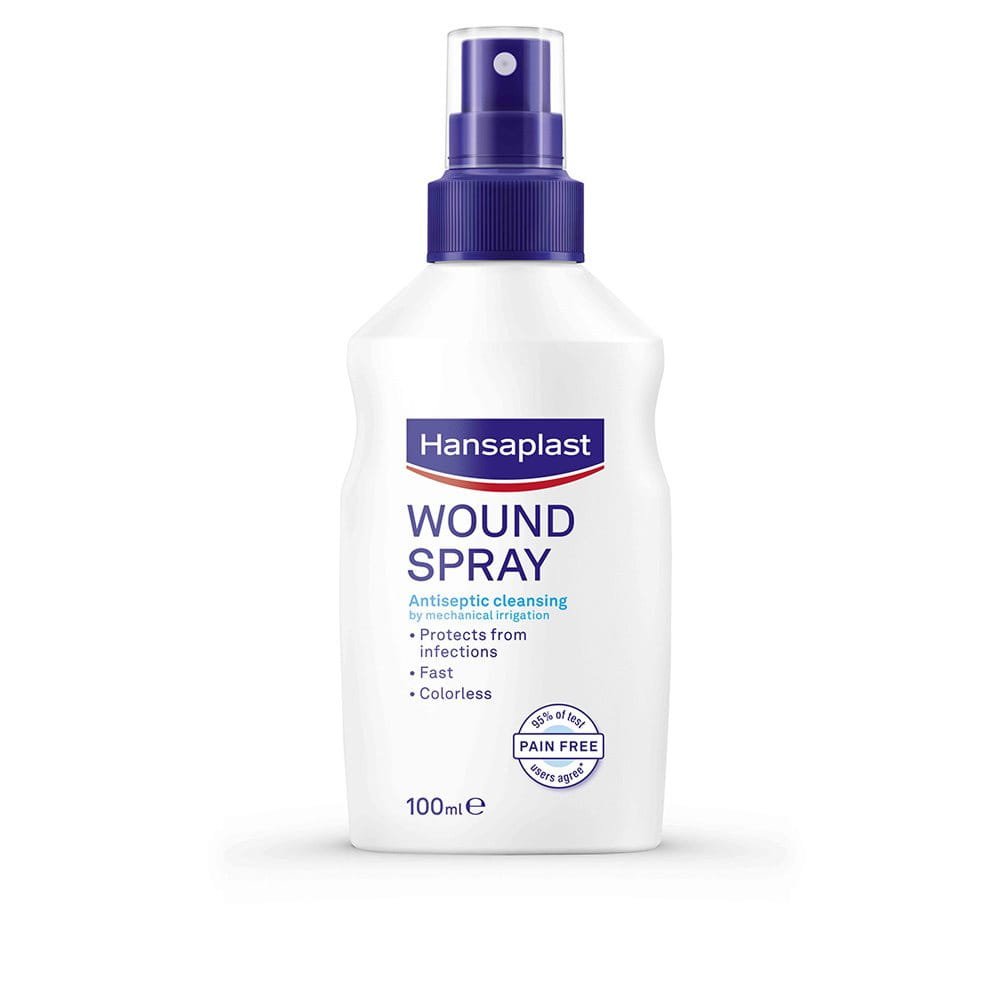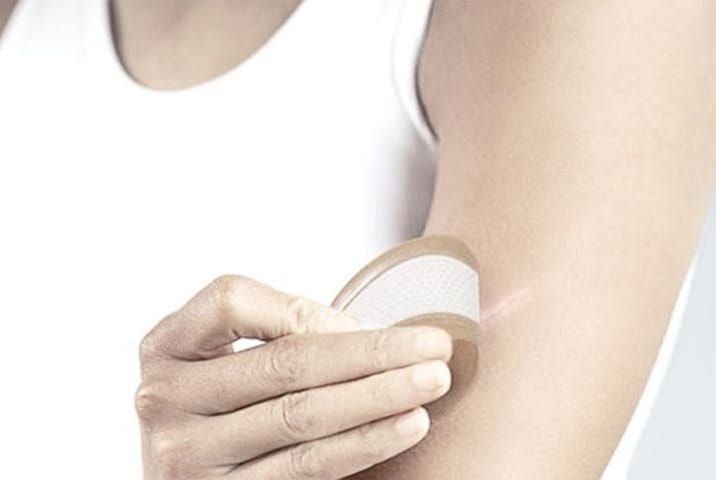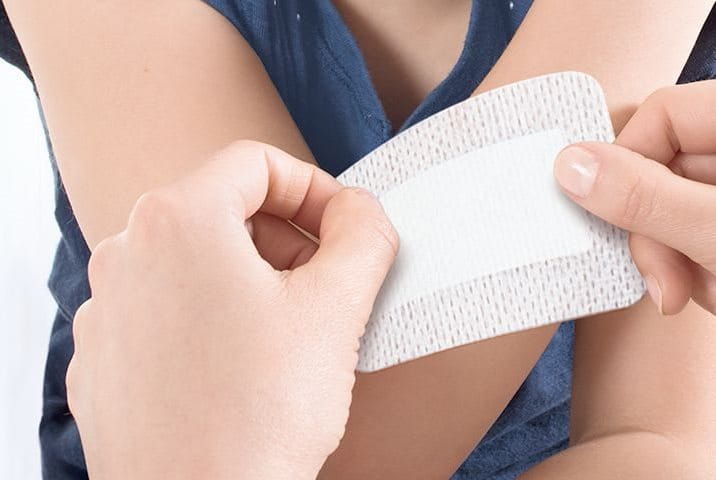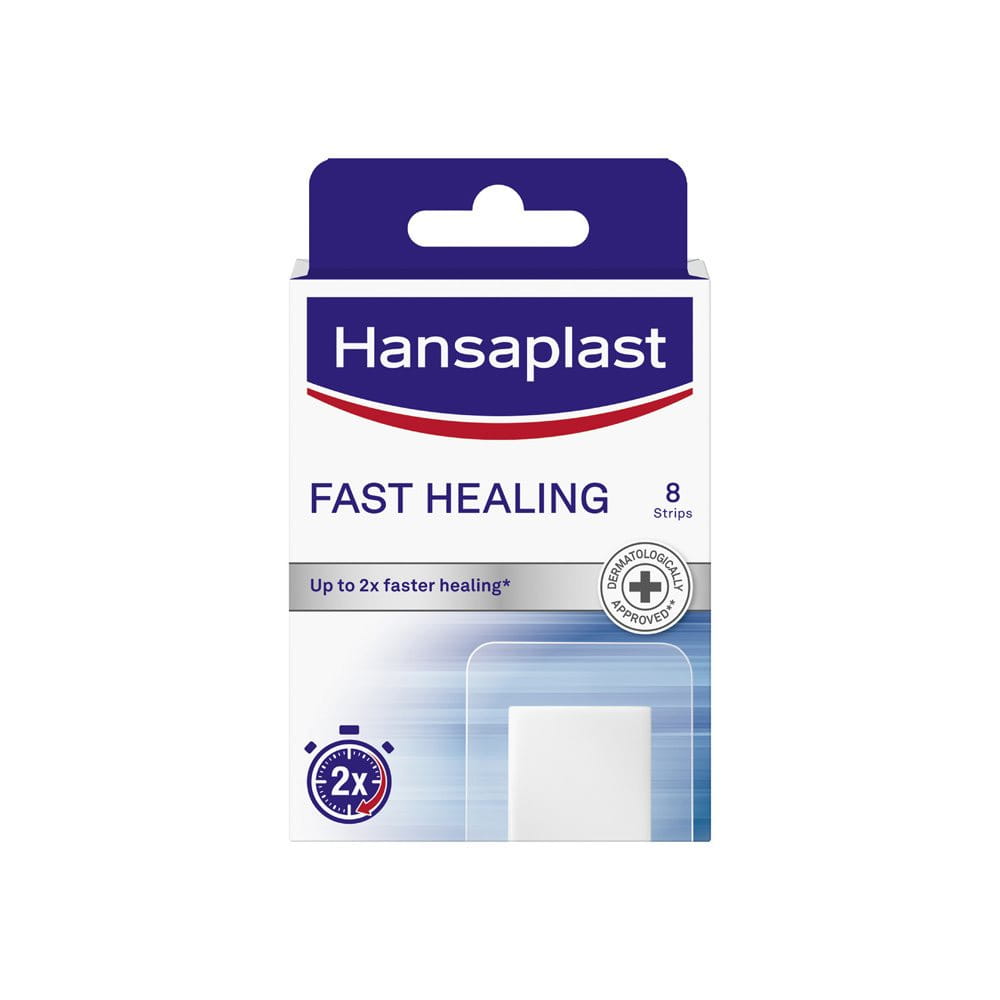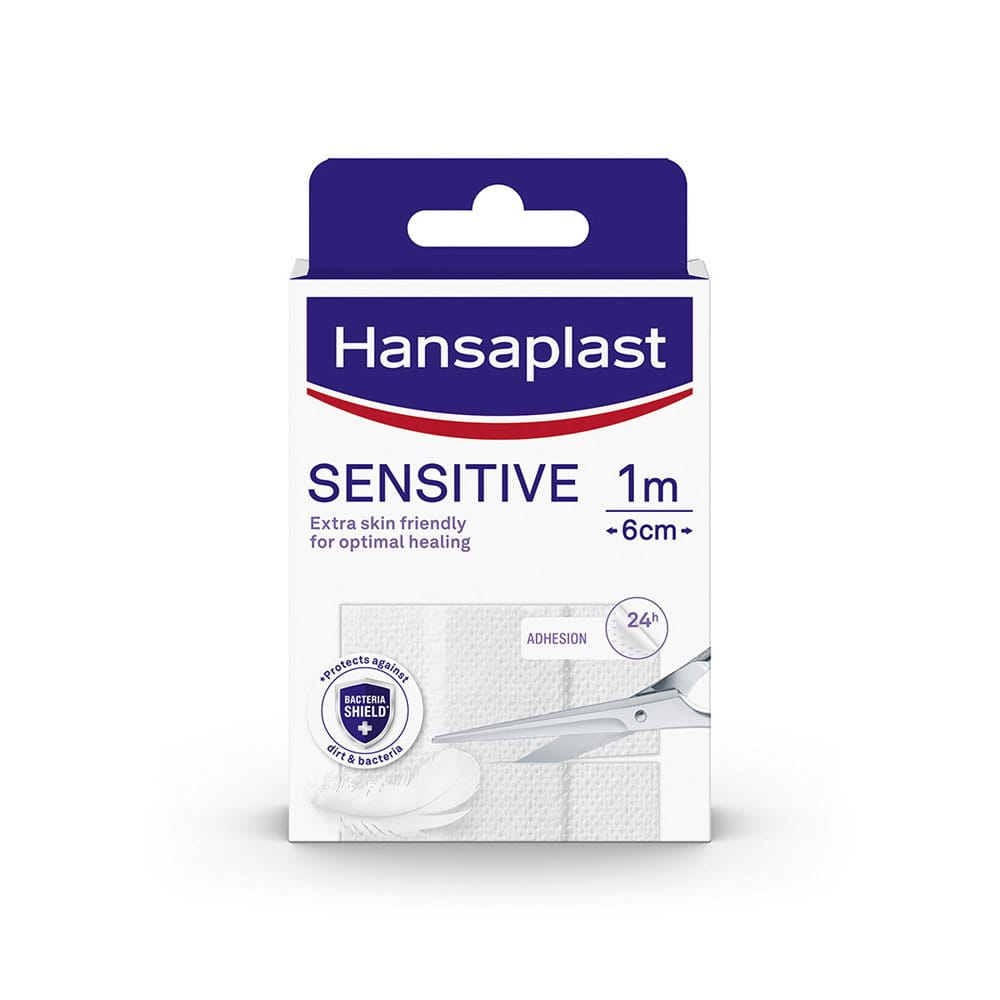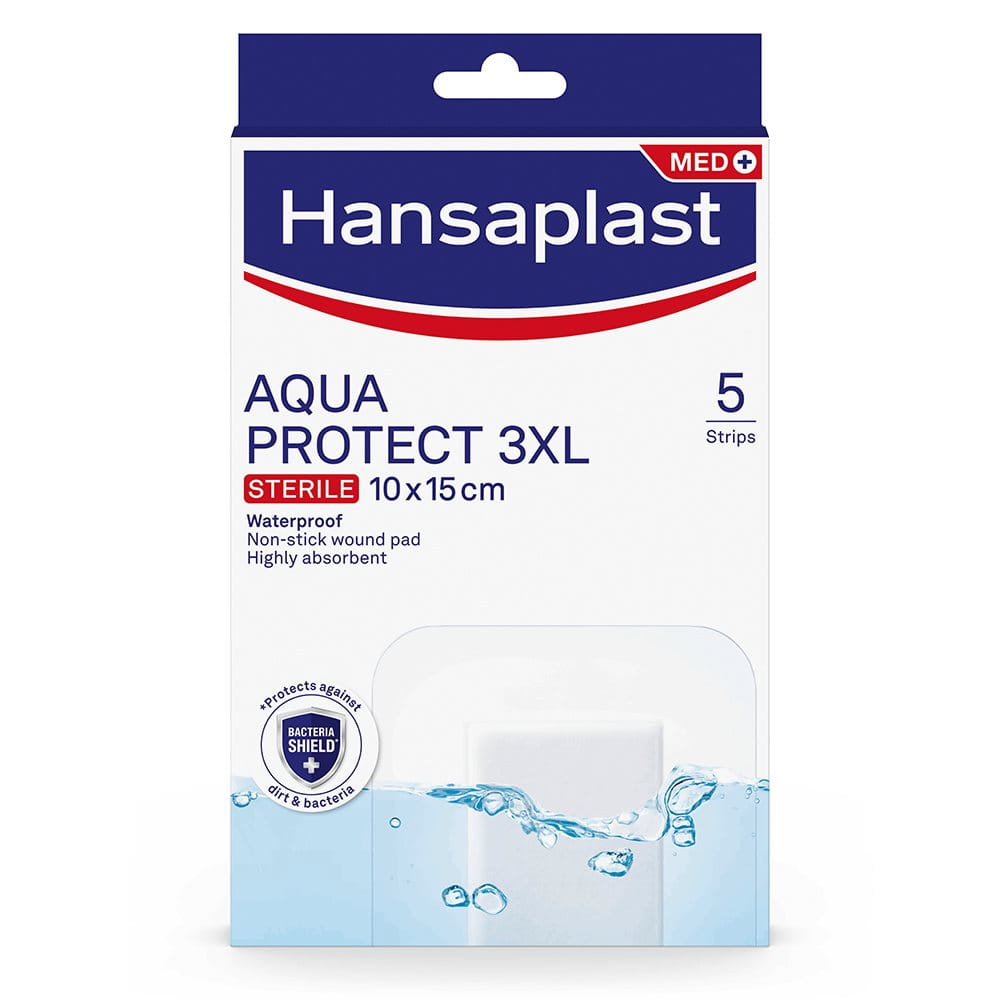Most people don't do much for minor wounds and hope that time and exposure to air will heal everything. Medical research proves that creating moist wound conditions will not only accelerate the healing process, but also prevent scarring and scabs, meaning healthy unimpaired skin. In this article, we will explain why you should let an injury heal under moist wound conditions and why moist wound healing is a better method compared to dry wound healing.
What does moist wound healing mean?
Moist wound healing, or modern wound care, refers to treating chronic wounds using methods that maintain a humid environment. The moist condition accelerates wound healing and helps avoid potential complications. Modern wound care is based on the principle of moist wound healing and includes these crucial aspects:
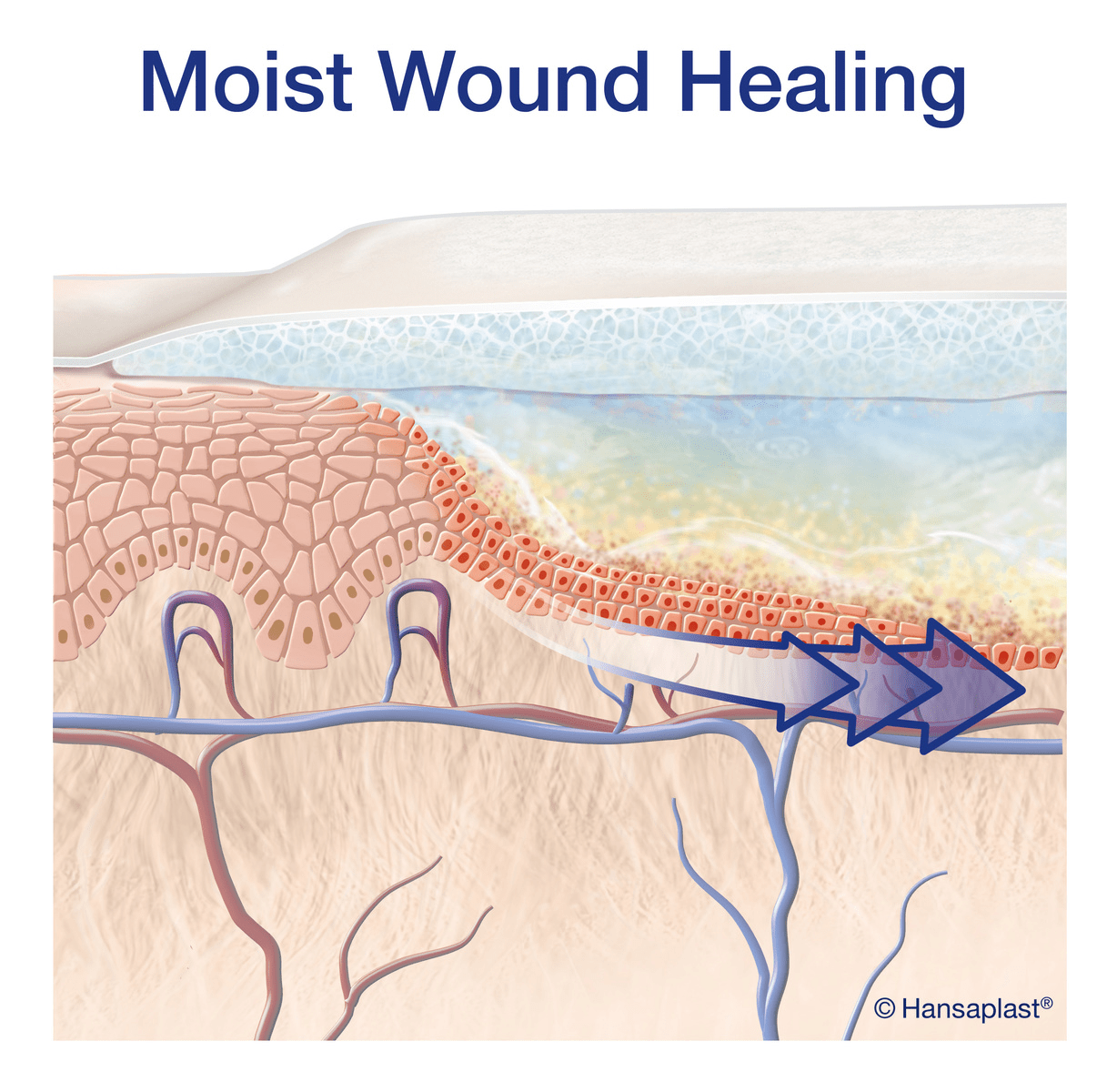
- Cleaning and removal of dead tissue from the wound to promote healing
- Use of wound dressings that provide moisture and nutrients to support healing
- Application of wound dressings that protect the wound and allow for pain and inflammation control
- Application of growth factors and other biological wound healing products to accelerate wound healing
It is essential to note that wound care should be tailored to individual needs to achieve the best results. Therefore, it is best to seek medical advice to receive optimal treatment. Below, we explain the reasons why moist wound healing, as part of modern wound care, can contribute to faster wound healing.
Moist wound healing will speed up to 2 times faster your wound healing
In order for your wound to form new skin tissue, new cells need to form. Cell growth though, thrives on moist conditions! The principle aim of moist wound healing, is to create and maintain the optimal moist conditions for your skin to renew itself. Compared to moist wound healing, dry wound healing takes longer and promotes visible scar formation. In a wound which is kept moist under a Moist Wound Healing Plaster such as Hansaplast Aqua Protect XL Fast Healing, cells can grow, divide, and migrate at an increased rate. This speeds up wound healing by up to 2 times compared to healing in a dry wound environment*!
*Wigger-Alberti W. et al. J Wound Care 2009 Mar; 18 (3):123-28, 13
| Dry wound healing | Moist wound healing | |
|
After 14 days |
 |
 |
| Standard Dressing | Hansaplast Fast Healing |
Notice: Moist wound healing does not mean simply moistening a regular plaster and sticking it onto the wound. Please don't do that, as it won't adhere well to the skin anymore. If a conventional plaster gets wet, replace it. In general, for a regular plaster, it is best to change it frequently.
Because moist wound healing will prevent scar formation
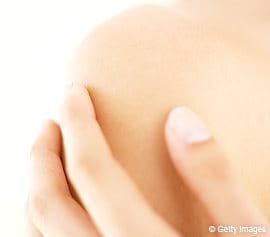
Who wants a scar to remind them years after the injury where their wound was?
Moist wound healing is the best method to prevent scars. In a moist environment, the transportation of essential nutrients and the release of messenger substances and growth factors can occur. This cycle enables a coordinated healing process, which, in turn, prevents scab formation and, thus, scar formation. Hansaplast Aqua Protect XL Fast Healing plasters use skin-friendly materials that ensure high comfort (ultra-thin, flexible, breathable materials such as polyurethane which stretch with your skin). The plaster materials are compatible with the skin and dermatologically approved.
Follow these two easy steps to speed up your wound healing process:
- Cleanse, i.e., with Hansaplast Wound Spray
- Protect, i.e., with Hansaplast Aqua Protect XL Fast Healing
Moist wound healing will prevent scabbing and keep your wound supple
In a moist environment, scabs are prevented. If wounds heal without scabs and the wound healing process and the formation of new tissue remains undisturbed, and the likelihood of scarring is decreased resulting in improved aesthetic results. Wounds that are left to dry in air will always create scabs, which make it hard for a wound to close itself, as under these dry conditions new skin tissue will have a tough time forming. A scab is not a sign of healthy healing, it is keeping skin from healing and becoming flawless again. For healthy and new tissue to form quickly, it is important to prevent the formation of scabs.
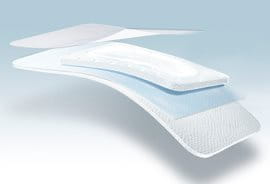
Covering your wound with a Moist Wound Healing Plaster like Hansaplast Aqua Protect XL Fast Healing also means keeping your wound supple, thanks to no scabs forming. This leads to better mobility, especially if your wound is located on joints such as knees or elbows. And on top of that, moist wound healing ensures that removing or changing your plaster remains painless, as none of the newly formed tissue will come off.
Always see a doctor if the wound is deep, bleeds heavily or shows signs of infection like reddening, swelling or warmth. Please note that, although these were compiled with great care, the tips and advice given on this website by no means substitute medical advice and treatment. If you have or suspect a health problem, consult a doctor and follow medical advice regardless of what you have learned on this website. Always read carefully and follow the instructions for use or the leaflets of our products. For further information about our products, please contact us via email at Hansaplast@Beiersdorf.com.
